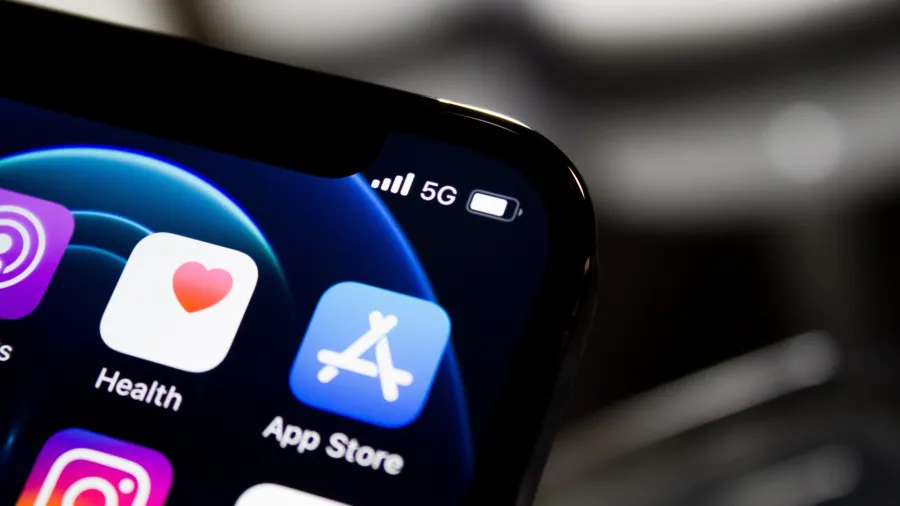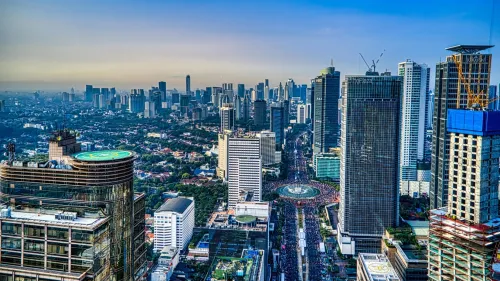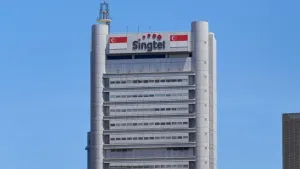
5G deployment key in APAC’s digital transformation
Mobile technologies and services account for almost 5% of the region's GDP in 2022
Mobile connectivity, especially the deployment of 5G services, will continue to drive digital innovation and economic growth across the Asia Pacific (APAC), industry experts said.
An Ookla Research article cited several reports from market leaders on 5G being an integral part of the APAC’s digital transformation strategy, placing the region into the forefront of the global digital economy.
In its report, GSMA APAC Head Julian Gorman said mobile technologies and services contributed nearly 5% of the region’s GDP in 2022, translating to a substantial $810 billion in economic value added.
According to Ookla, this just shows the important role of 5G deployment in fostering economic growth that benefits both consumers and enterprises.
Gorman added that Asia Pacific countries are currently at a unique stage of growth in 5G adoption with a tailored approach to accommodate varying technological landscapes, economic conditions, and regulatory frameworks.
Meanwhile, DNB Co-CEO Datuk Ahmad Zaki Bin Zahid said the journey towards 5G adoption goes beyond just speed and that a strong network infrastructure foundation is crucial.
He also emphasized the need to invest strategically in building and expanding telecommunications networks to unlock the country’s digital transformation and driving growth.
Based on Ookla’s recent report, the APAC region has some of the world’s fastest 5G networks, with South Korea and Malaysia ranking in the top three countries for 5G network speeds globally.
Malaysia has ranked third globally for 5G download speed with a reported speed of 485.25 Mbps, surpassing its Southeast Asian neighbours. This is despite the country’s launching of its nationwide 5G network less than two years ago and adopting an unconventional deployment strategy.
Earlier this year, the Malaysian government announced its intention to transition to a dual network model once the current rollout under DNB has achieved 80% coverage of populated areas.
















